The dust-laden air shimmered, a mirage of heat and memory, as I recalled my first encounter with the giants. I was eleven, a wisp of a child at my grandparents’ home, when the elephants came to our garden—not with malice, but with a primal hunger, a claim on the bounty of the land. My grandmother left everything she was doing and quickly started to chase them away. The rhythmic clang of a large, resonant metal basin was a percussive warning that echoed through our homestead. It was a sound that they did not appreciate.
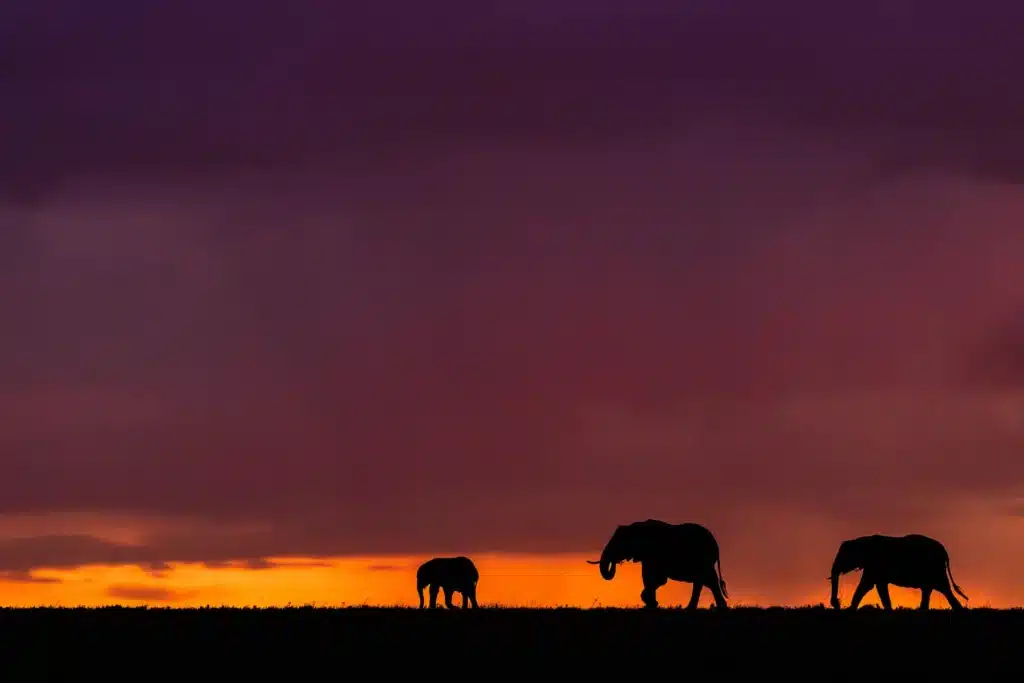
Curiosity, the relentless companion of a young boy from the city, drew me out of the house. I saw them then, not as creatures from storybooks, but as titans of flesh and bone, their bodies vast and textured against the fading light. A profound awe and fascination settled within me, and from that moment on, elephants have held a very special place in my heart.
These magnificent beings, Loxodonta Africana, are deeply integrated into complex social ecosystems. Their lives serve as a testament to the power of kinship, led by the matriarch whose wisdom guides the herd. Females and their young form the core, while males, upon reaching maturity, often choose a solitary path or the companionship of bachelor groups.
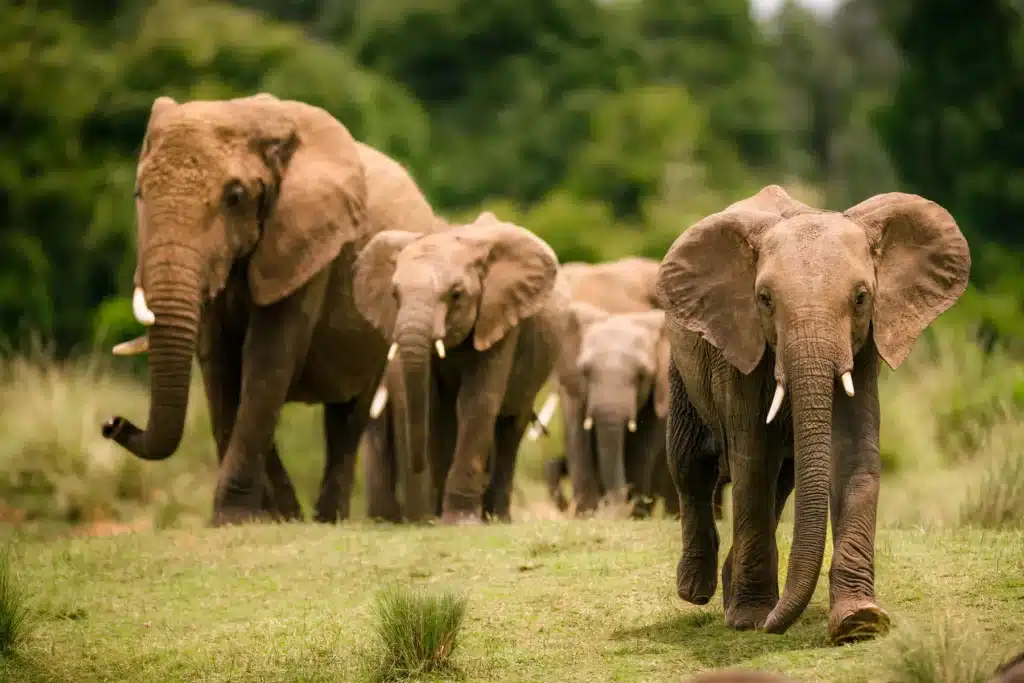
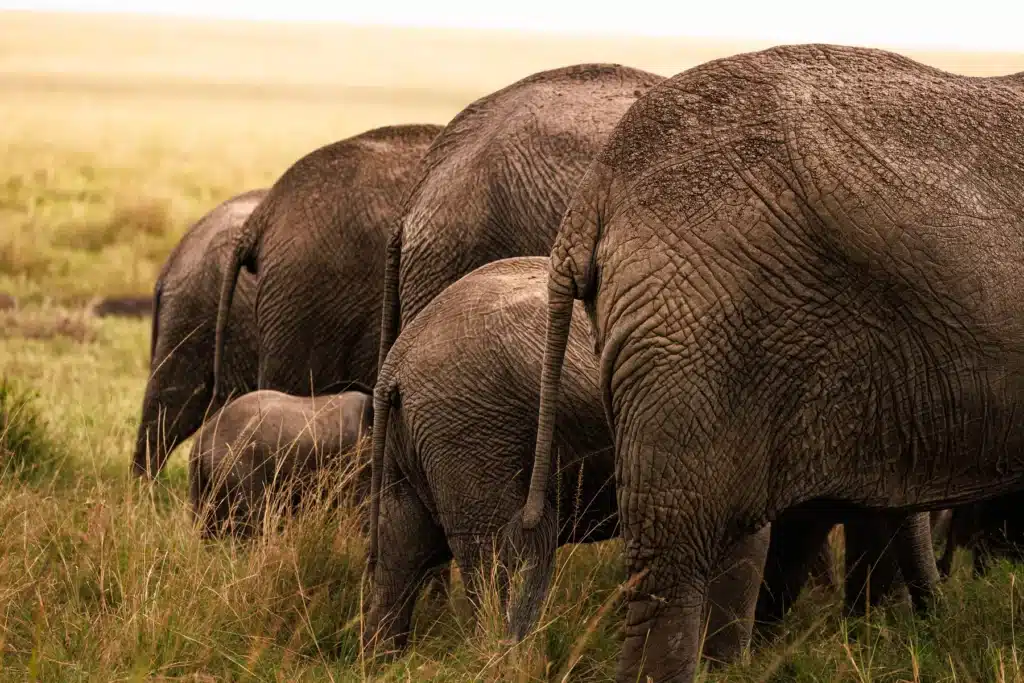
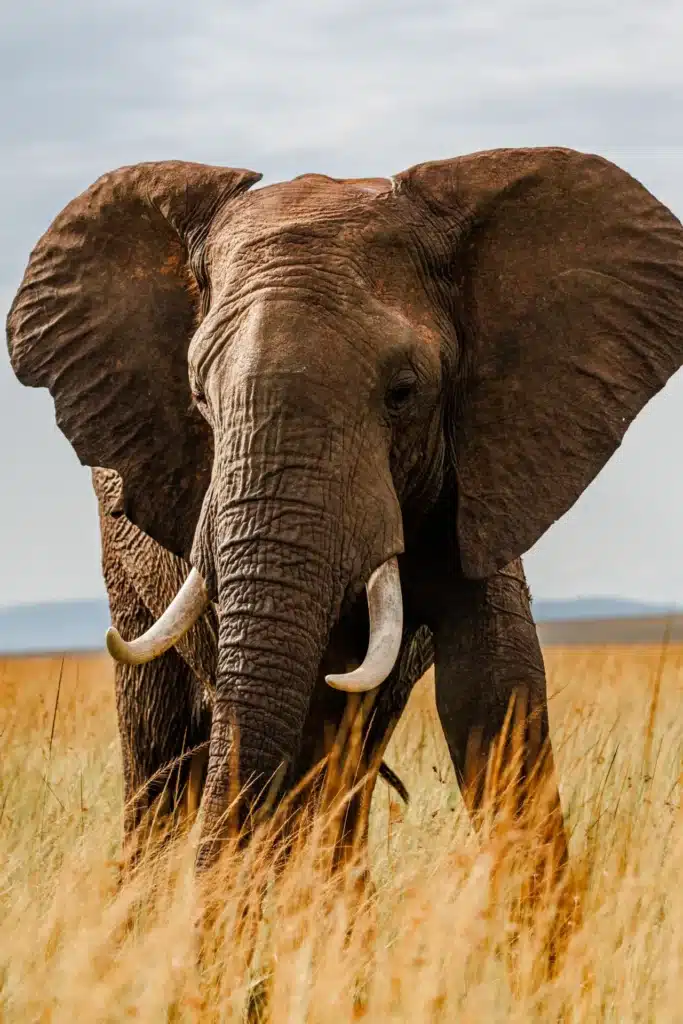
Existence among elephants is a cycle filled with emotional depth and beauty. After a twenty-two-month gestation, the longest of any mammal, a single calf is welcomed into the world with a chorus of trumpeting— a celebration of new life. The females form a protective circle around the birthing mother, their collective presence acting as a fortress of defense. The calves are nurtured by the entire herd and partake in communal suckling, a clear indication of their strong bond. Female calves remain within their maternal herd while males embark on their own journeys.
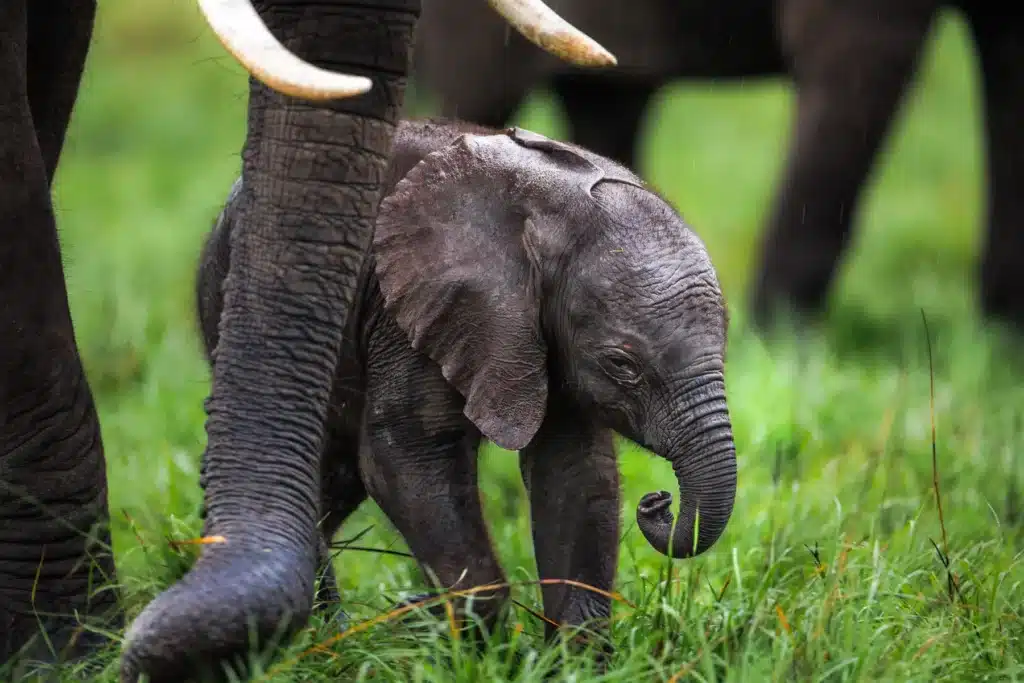
These gentle giants are marvels of adaptation. Their trunk, a versatile appendage, serves as a hand, a sensory organ, and a tool for communication. The tusks, elongated incisors, are instruments of defense, foraging, and survival. Each individual displays a preference for left or right, with the more frequently used tusk showing the wear of daily life. Their large, Africa-shaped ears are a network of blood vessels that regulate their body temperature and amplify their hearing, allowing them to communicate across vast distances with infrasonic rumbles—a language understood only by their kind.
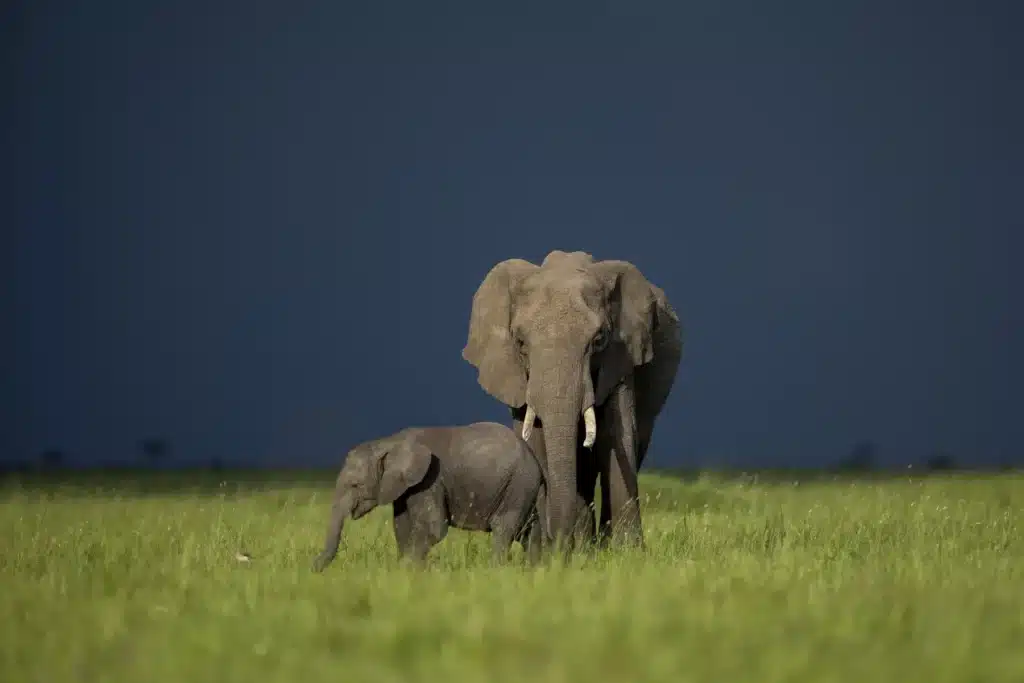
The emotional intelligence of elephants is vast, and they exhibit a deep sense of empathy and understanding that touches the heart. The way they mourn their dead is a solemn and sacred ritual that speaks volumes about their awareness. When an elephant falls, its herd gathers around, a silent, grieving congregation paying their respects. They tenderly use their trunks to trace the contours of the one they’ve lost, a gesture both beautiful and heart-wrenching. In their mourning, elephants cover the body with branches and dust, a poignant farewell that seems to acknowledge the transience of life and the depth of their sorrow. This ritual, so loaded with emotion and significance, offers a window into the soul of these majestic beings, revealing not only their intelligence but their profound connection to each other.
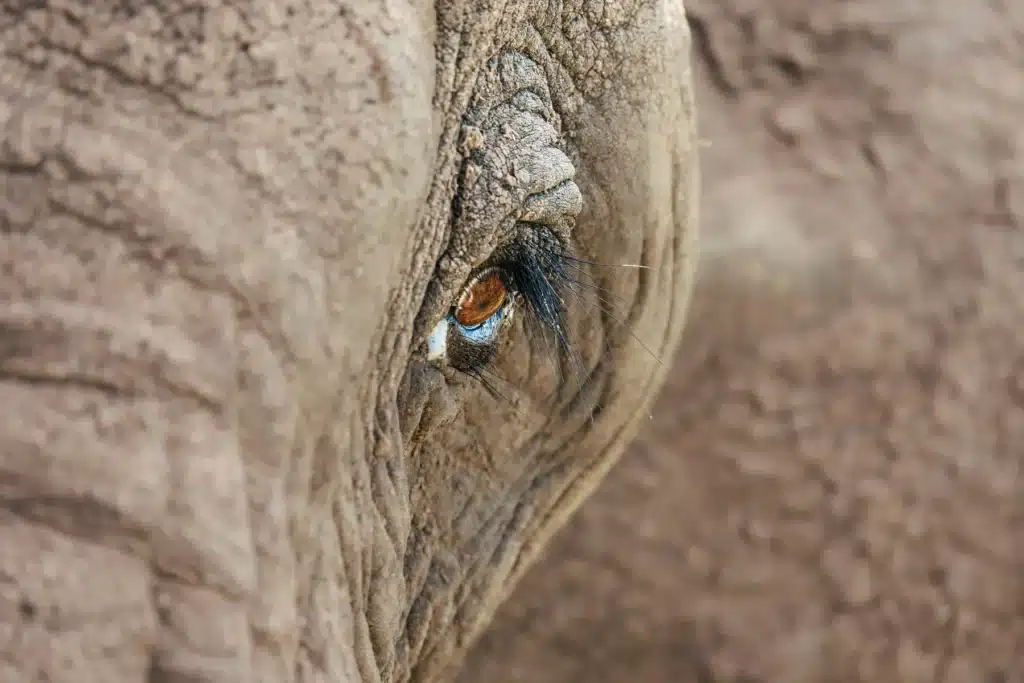
Elephants, with their gentle eyes and lumbering grace, embody a lesson that resonates deeply within the human heart: the art of savouring each moment life grants us. Observing them engage in an uplifting mud bath on a scorching day, rolling around in the dust, or diligently consuming their greens with enthusiasm, serves as a fitting reminder of the beauty in not taking life too seriously. Beneath this tranquil façade, however, lies a powerful, untapped reservoir of intensity. To cross an elephant, to challenge or provoke it, is to awaken a fury that is as formidable as it is breathtaking.
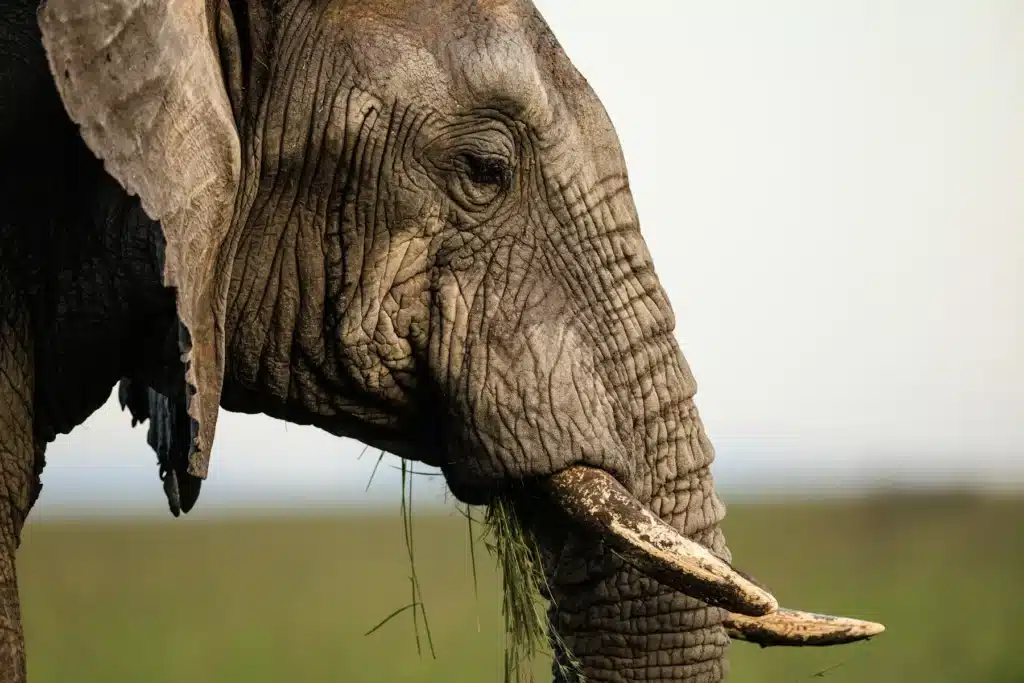
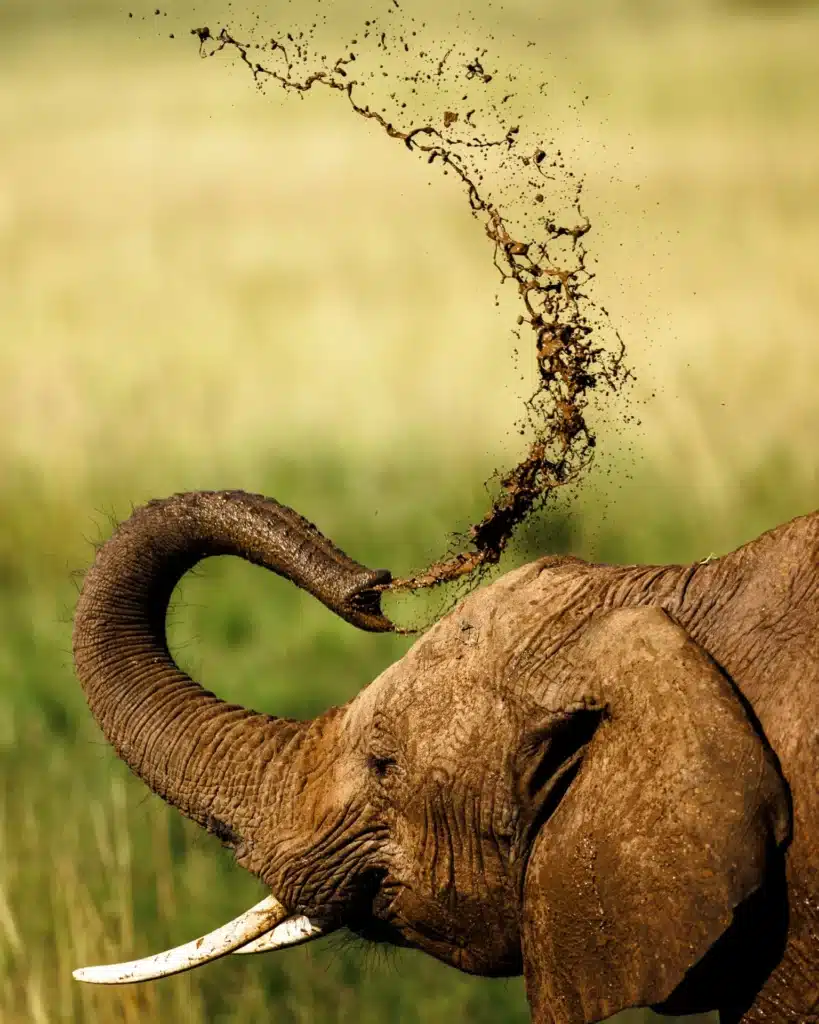
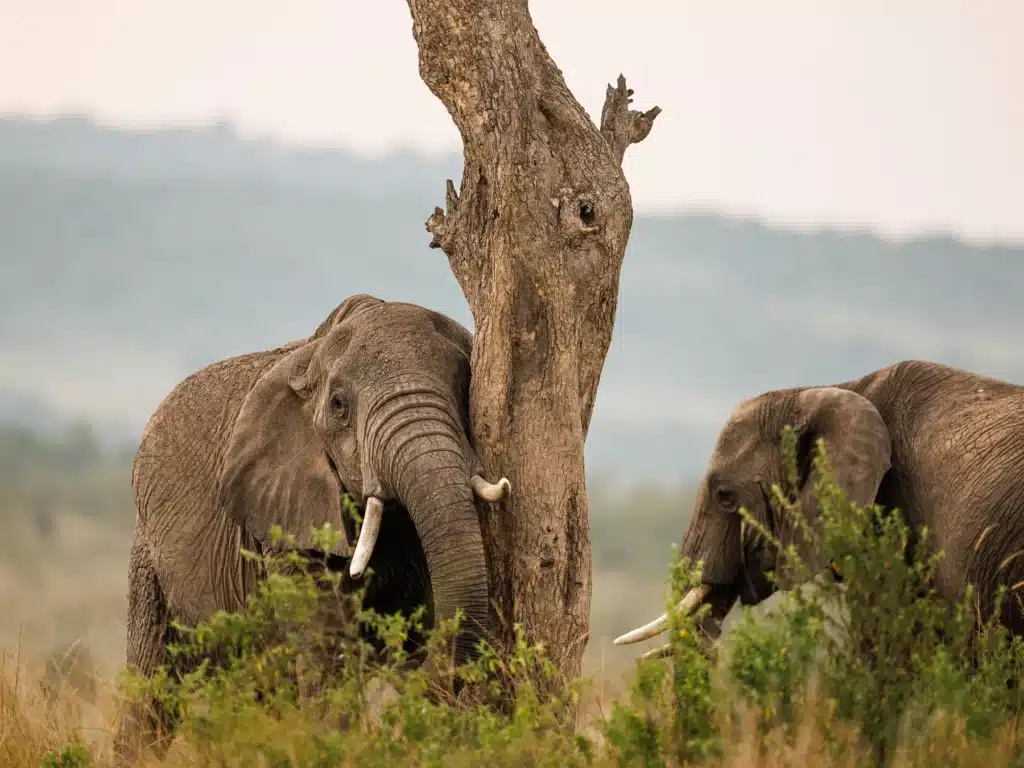
The life of an elephant is a journey of resilience. They can live for over six decades, but the first year of a calf’s life is fraught with peril, a period marked by a high mortality rate. Though they have few natural adversaries, the young, sick, or orphaned are vulnerable to predators such as lions.
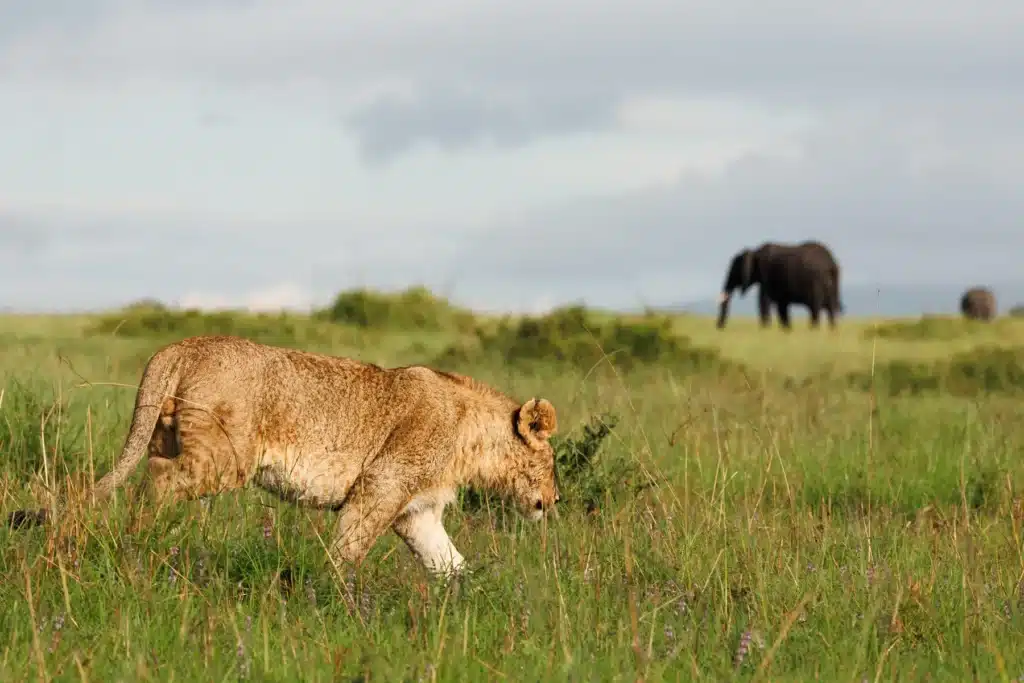
The greatest threat to their survival, tragically, is humanity. The allure of ivory and the encroachment of human settlements have led to loss of their habitats, resulting in human-wildlife conflict that has decimated their populations. Yet, there is hope. Central to this is the implementation of anti-poaching units and the deployment of drone surveillance systems, which monitor vast stretches of land for illegal activities. These initiatives are bolstered by the collaboration between the government and conservation bodies, which have been instrumental in securing critical habitats and migratory corridors through the establishment of protected areas and wildlife reserves. Moreover, community-based conservation projects have emerged as a cornerstone of sustainable conservation, fostering a sense of stewardship among local populations. Educational programmes have been pivotal in nurturing a coexistent relationship between humans and elephants, and through these concerted efforts, we are drawing closer to a future where the cohabitation of humans and elephants is defined not by conflict, but by harmony and mutual respect.
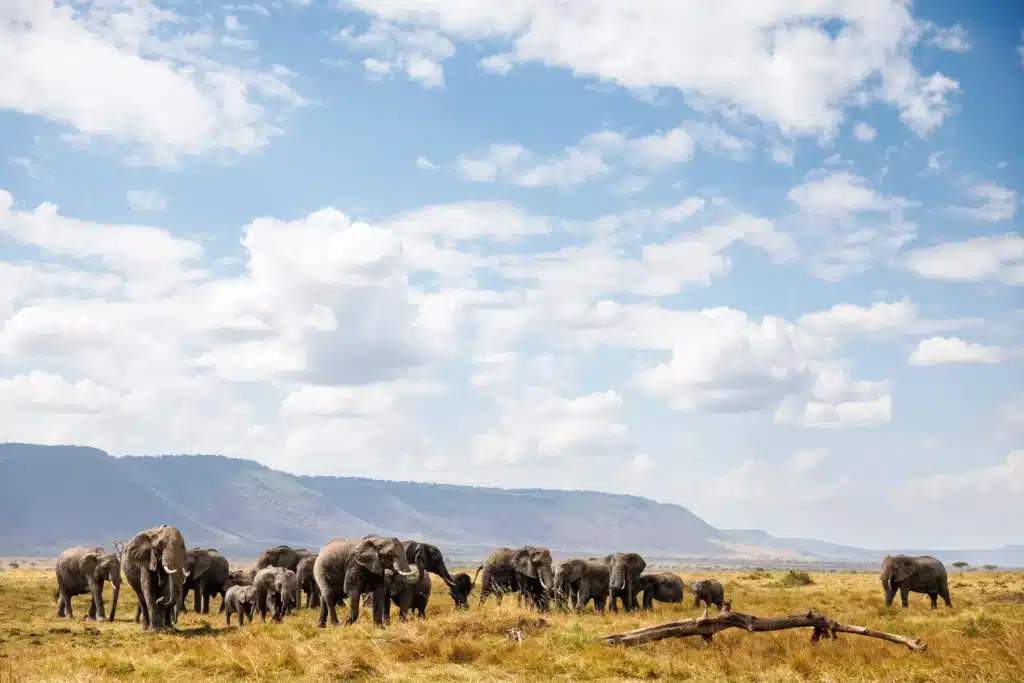
As I stand behind my camera, I am not just a filmmaker; I am a voice for the silent, and an advocate for their future. In every frame captured and every story told lies an opportunity to inspire action and kindle a similar sense of wonder and duty in others, ensuring that the marvel of elephants remains more than just a fleeting memory in the chronicles of our world.
Photo credits: Eric Averdung, Joseph Njenga, Imara Njeri, Nikita Rix, Japheth Supeyo